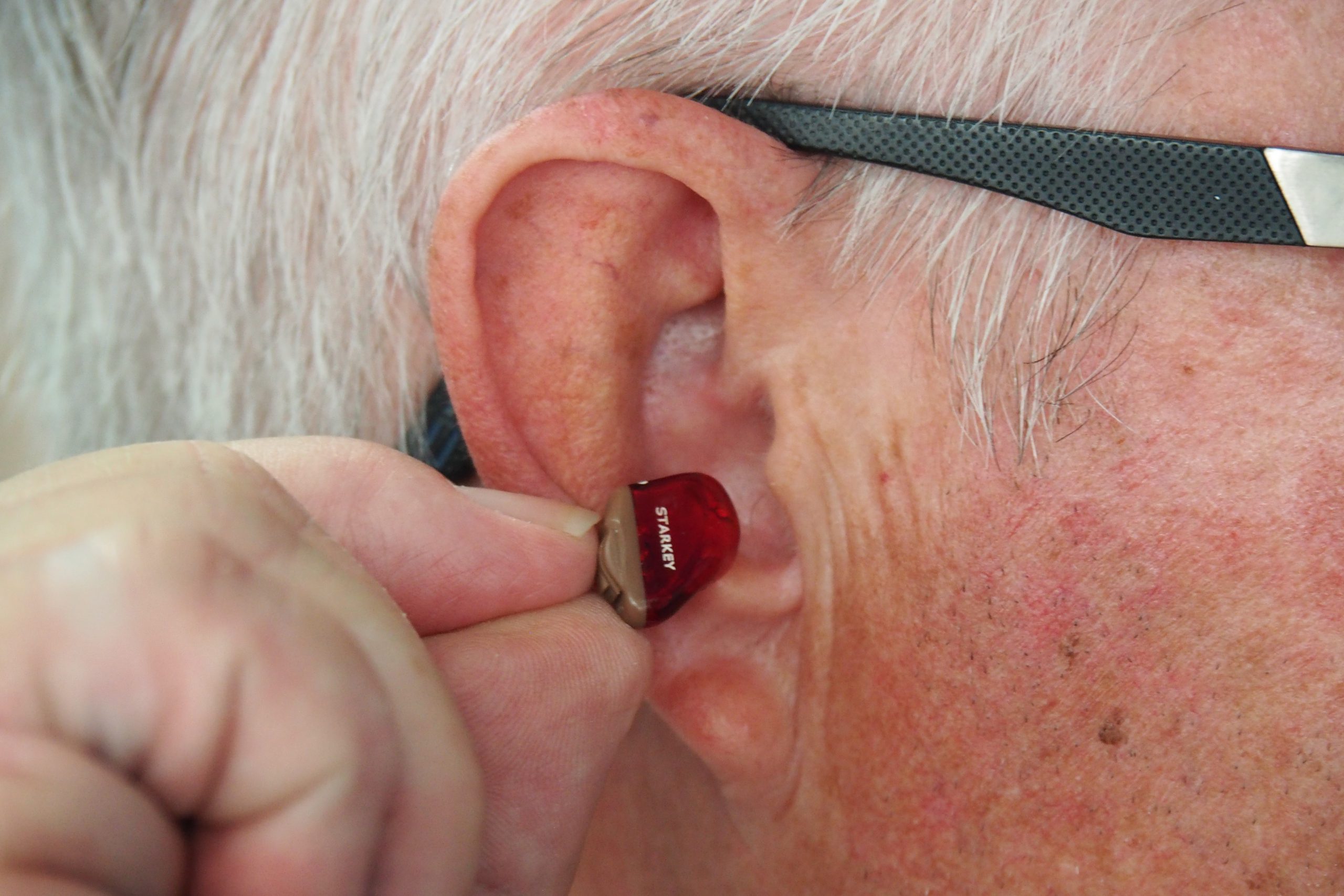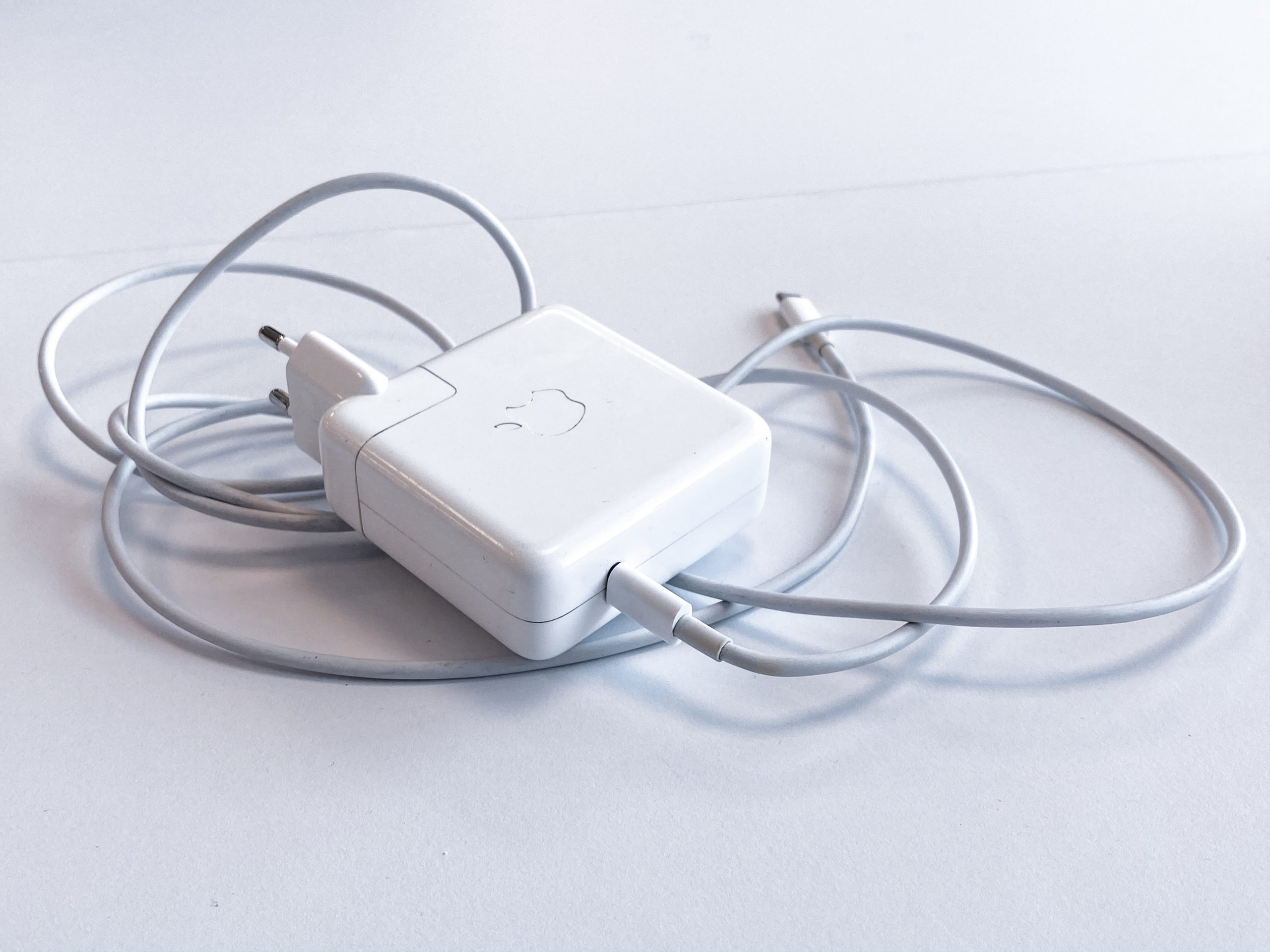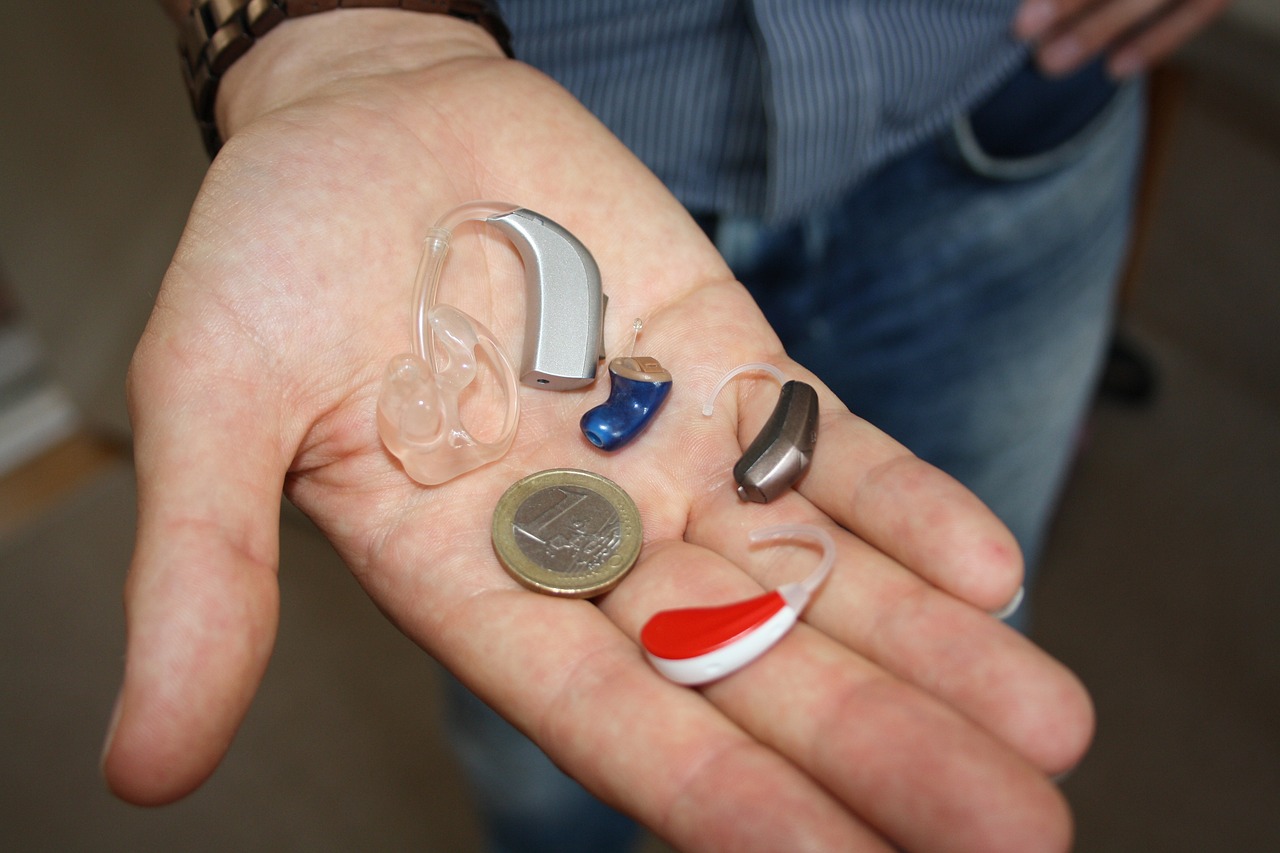
PSAP (Personal Sound Amplification Products) vs hearing aid prices, while both are products designed to affect your hearing, why is the price so different? Let’s take a look at what they are and shed some light on PSAP vs hearing aid prices, and why they are so different.
Contents
Difference Between Hearing Aids and Amplifiers
The price is not the only thing that differs from PSAPs and hearing aids! These two devices serve completely different roles, and their functions, while similar, are intended for different audiences.
To put it briefly, hearing aids are medical devices intended for people with hearing loss. PSAPs are non-medical devices and should not be used by those with hearing loss.
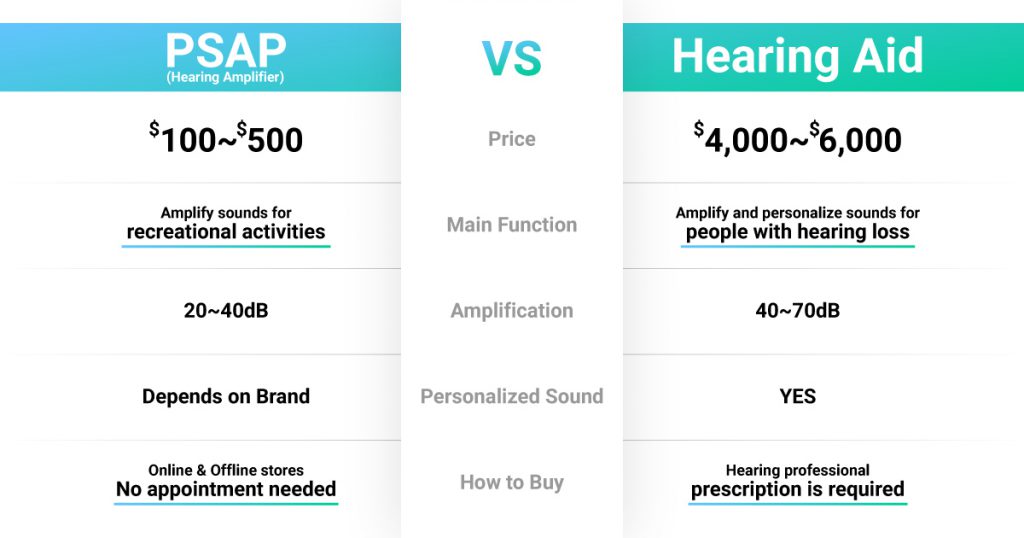
So, just because the cost of hearing aids is high, people should not automatically opt for a PSAP because it is cheaper. Consumers should do their research and seek professional advice, and make decisions accordingly to decide which, PSAP vs hearing aid, is suitable and worth the money for you.
For full details on the difference, check out our PSAP vs Hearing Aid Article!
What is the Average Price of Hearing Aids?
However, there is no denying that the hearing aid price is very high. In 2015, a report from the President’s Council of Advisors on Science and Technology mentioned that the average price of a single hearing aid is $2,300 (that’s $4,600 for a pair!).
It also states that a hearing aid can go up to more than $6,000, depending on the technology and features included. This is the price for a single hearing aid, so if you need a pair like many people, expensive hearing aids will cost over $10,000 – that’s a lot of money, considering most hearing aids are not covered by medicare.
PSAP vs Hearing Aid: What is the Average Price?
The cost of these electronic devices is way cheaper when compared with hearing aid prices. Their range starts as cheap as $100, but a good quality amplifier will be in the $250~$600 range.
The price usually varies according to the performance, technology used, design, and user experience of the product. Where cheap amplifiers amplify sound volumes in all frequencies, higher-end amplifiers will give you the option to customize the amplification levels for each sound frequency, giving you the power to personalize your hearing device to your unique hearing preferences.
Good quality PSAPs also offer various features such as Bluetooth connection, portable chargers, rechargeable batteries and portable charging cases, and more. The Olive Smart Ear, pictured below is one example of a high-class PSAP at an affordable price.
Although they are not FDA regulated and are not made for people with hearing loss, a person who only wants to use sound devices to hear better in certain cases may benefit a lot from the functions and cost of a hearing amplifier.
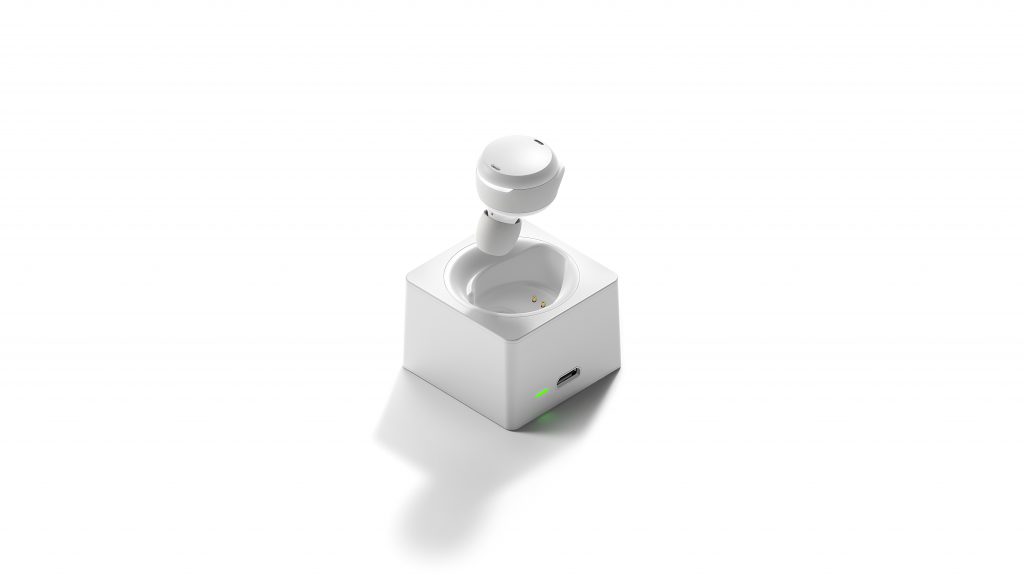
Why Do PSAPs Costs Lesser than Hearing Aids?
We already covered that the significant difference between hearing aids and PSAPs is that one is a medical device and one is not.
But why does that result in such a big difference in cost?
Here are some reasons:
- PSAPs are self-fitting and do not require a medical prescription, or multiple follow-ups for adjustment. This saves a lot of cost! (and time!)
- PSAPs are not regulated by the FDA. Although this of course has its pros and cons, there is more room for making changes in conventional business and manufacturing processes.
- Hearing aid markets are dominated by long-existing large companies, which have strong ties to hearing aid distributors.
However, there is good news for people looking for affordable hearing aids – the OTC hearing aid market is coming. The Over-the-Counter Hearing Aid Act of 2017 stated that hearing aids will be available to consumers Over The Counter, without the need for a hearing specialist’s prescription. This market is expected to radically change and many new hearing aid options for customers will become available.
The information in this guide has been written using the following reliable sources:
https://www.fda.gov, https://mcbath.house.gov, https://www.ncbi.nlm.nih.gov/


